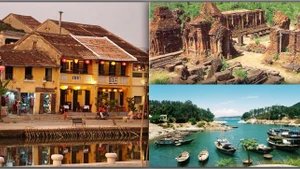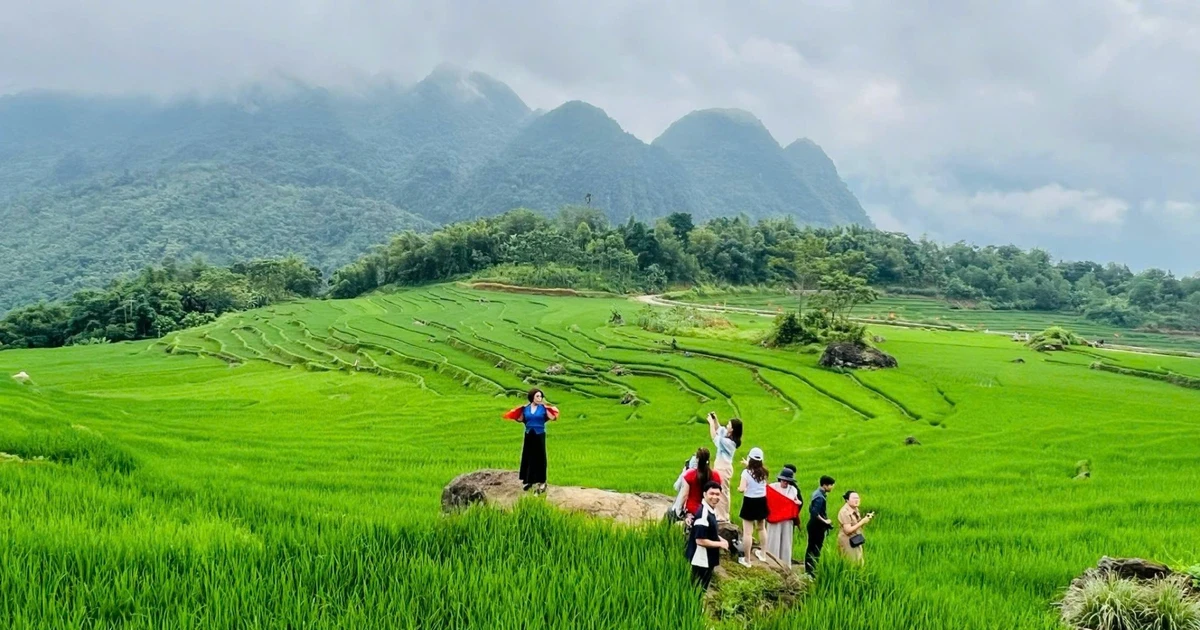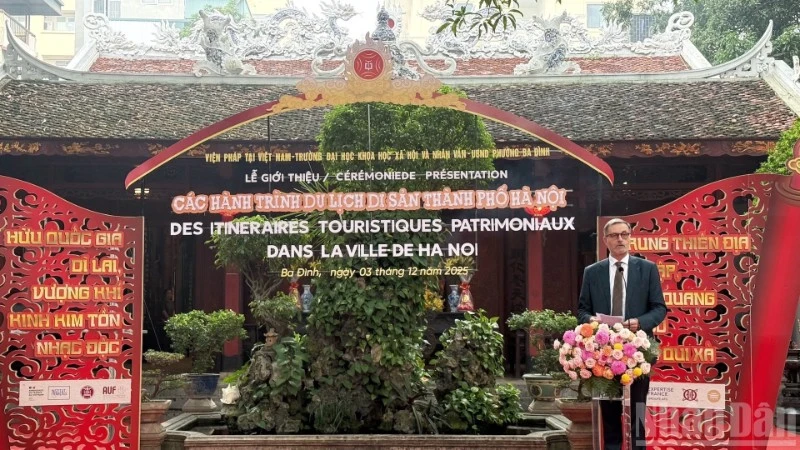As one of the first countries in the region to reopen after the pandemic, it seems that Vietnam has not been able to take advantage of this, as the number of international visitors to Vietnam has been more modest than some other countries in the region.
Vietnam only received 3.5 million international visitors in 2022, far from the set target of 5 million visitors. Vietnam welcomed more than 1.8 million international visitors in the first two months of 2023, 60% less than the same period in 2019, before the pandemic.
Slowness leads to a loss of opportunity
The absence of international visitors has caused many destinations and tourism businesses to fall into difficulty, especially as resources have been exhausted after the pandemic. Many businesses had to dissolve while many hotels and restaurants were sold or converted their use purpose.
The above situation can be attributed to many objective and subjective reasons, but according to experts, one of the main reasons is the limitations of Vietnam’s visa policy.
Assoc. Prof. Dr. Pham Hong Long, Dean of the Faculty of Tourism Studies, University of Social Sciences and Humanities (Vietnam National University, Hanoi) said that the visa policy is an extremely important factor regarding tourism destinations. The openness of the visa is also a criterion to compare the tourism development capacity of destinations, thereby attracting international visitors.
“However, Vietnam’s visa policy is still limited compared to other countries in the region. Vietnam has only exempted visas for 24 countries unilaterally and bilaterally. The country provides electronic visas for 80 countries, but only more than 30 border gates allow foreigners to enter with electronic visas. The typical period of stay is about 15 days with single entry. This is really a ‘barrier’ to the green economy”, Long added.
Meanwhile, Thailand has exempted visas for visitors from 64 countries and territories. The number of Singapore and Malaysia even reaches more than 160 countries while the Philippines exempts visas for 157 countries and territories. Most countries have regulations on stay of 30 days or more, creating favourable opportunities to welcome international visitors.
After the COVID-19 pandemic, a number of countries have actively improved visa policies to create a competitive advantage. Thailand extended the length of stay from 30 days to 45 days for tourists from visa-exempt countries and from 15 days to 30 days for other tourists.
Taiwan (China) resumed the Kuan Hung visas, or e-visa policy for tour guests traveling in groups through travel agencies with simple and quick procedures.
Meanwhile, the Republic of Korea quickly resumed the type of visa that allows visitors to enter and exit the country for multiple times, with a stay period of 30 days and unlimited numbers of entry and exit in five years. The agility in applying flexible and open visa policies has contributed to creating a strong bounce in tourism in the above countries over a short time.
In the context of fierce competition among destinations, Vietnam’s visa policy is still “stagnant”, so the country has lost a number of international visitors who are always hesitant to apply due to a complicated and cumbersome visa policy. There are also visitors from distant markets who want to stay in Vietnam for a long time but have to cut their schedule or change their destinations because of Vietnam’s visa exemption period of only 15 days.
Many experts believe that, if the delay in adjusting the visa policy remains, Vietnam will lose the opportunity to attract international visitors and unintentionally create competitive advantages for other countries in the region.
Visa policy, a “key” to attracting tourists
Analysis from the World Tourism Organisation (UNWTO) and the World Travel and Tourism Council (WTTC) has shown that the convenience of visa entry is likely to increase the number of international visitors by between 5% and 25% per year.
A study on the impact of visa exemptions on five Western European countries by the Tourism Advisory Board (TAB) also shows that the average number of visitors from these countries to Vietnam has increased by nearly 20%. This proves that changes in visa policy towards more flexibility and openness are always the “key” to attracting international visitors, creating a spectacular breakthrough for tourism.
Assoc. Prof. Dr. Pham Hong Long said that Vietnam needs to expand the list of countries exempted from visas, especially countries in Europe and Australia, New Zealand, and Canada while extending the visa period to 30-45 days and allowing visitors to enter multiple times. This will be a great motivation for foreigners who are looking to travel to Vietnam.
He noted that high spending markets such as Germany, Italy, Switzerland, Norway, Denmark, and Sweden, Vietnam can increase their stay period to three months, because the longer visitors stay, the more they will spend. The issuance of e-visas should be extended to all countries with a simpler, faster, and more user-friendly system. In addition, on-site visa procedures also need to be improved to create convenience for visitors.
In the recently published 2023 Whitebook, the European Chamber of Commerce in Vietnam (EuroCham) also stated that Vietnam’s current policy of requiring a visa before departure/visa on entry/e-visa is strict, along with the time and costs incurred from this procedure, and this is hindering travelers from Europe, a high-spending clientele.
Therefore, EuroCham made four recommendations for Vietnam, including the expansion of the list of countries exempted from visas for all European Union countries and extension of the visa exemption period from 15 days to 30 days. Vietnam should also extend its visa waiver programme duration to 5 years, issue a 3-month tourist visa to European visitors who want to make long stays to attract the high-end and high-spending markets, and exempt short-stay visas in certain situations, especially to support forums, exhibitions and sporting events.
According to the National Administration of Tourism, China allowed travel companies to organise group visitors to Vietnam from March 15, contributing to raising the number of international visitors to Vietnam as Chinese tourists account for a third of international tourists to Vietnam.
According to experts, in order to avoid risks from being too dependent on the tourism market and developing quality tourism, Vietnam still needs to have solutions to attract more groups of tourists. And the solution that cannot be ignored is to remove barriers to visa policy with more drastic changes, thereby increasing the number of international visitors and their stay and spending, bringing ‘double’ benefits to Vietnam’s tourism as well as its related industries.
















